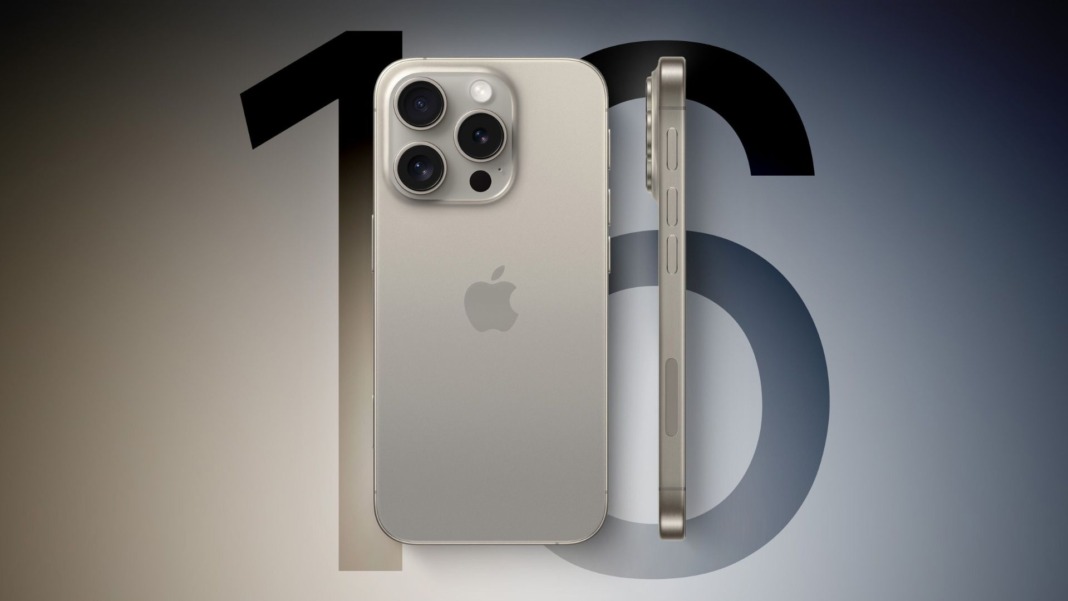According to renowned Apple analyst Ming-Chi Kuo, Apple’s iPhone 16 Pro series has not been successful in terms of sales. In a recent note, Kuo highlighted that demand for the latest iPhone 16 Pro lineup has been lower than expected.
Ming-Chi Kuo, known for his accurate insights into Apple’s product performance, shared his findings based on shipping estimates from Apple’s online store and a detailed survey of the supply chain. His estimates suggest that Apple sold approximately 37 million iPhone 16 units during the first weekend of pre-orders. While this may sound impressive, it drops about 13% compared to the sales of the iPhone 15 series during its first weekend.
Breaking down the numbers further, Kuo noted that the larger of the two Pro models, the iPhone 16 Pro Max, saw a sales dip of around 16%. However, the smaller iPhone 16 Pro experienced a more significant drop, with sales down by approximately 27% compared to its predecessor from the previous year. This indicates that consumers may not be as enthusiastic about Apple’s flagship models as they were about past launches.
The delayed Apple Intelligence feature is a potential factor
One key reason for the sluggish sales could be the delayed availability of Apple Intelligence, a much-anticipated feature that was expected to generate excitement around the new iPhone models. Kuo noted that this feature will not be available at launch but will arrive with the iOS 18.1 update, which is expected to roll out sometime next month. This delay may have discouraged early adopters from purchasing the iPhone 16 Pro immediately.
Moreover, Apple faces growing competition from Chinese smartphone brands, which continue to offer high-performance devices at more competitive prices. This ongoing rivalry in the market may have contributed to the lacklustre performance of Apple’s flagship devices in terms of initial sales.
Non-Pro models outperforming expectations
On a brighter note, Kuo pointed out that not all models in the iPhone 16 series are experiencing this downturn. The iPhone 16 Plus, for example, has seen a significant increase in demand, with sales up by 48% compared to last year’s figures. Additionally, the standard iPhone 16 model is showing an improvement in sales, up by around 10% compared to its predecessor.
This suggests that many customers may view the non-pro models as offering better value for money, especially in a market where price sensitivity is growing. The more affordable iPhones, with their competitive features, are likely appealing to a broader audience, while the Pro models may be struggling to justify their higher price tags.
What this means for Apple
While Apple’s iPhone 16 Pro series is seeing lower-than-expected demand, the overall performance of the iPhone 16 lineup suggests that there is still considerable interest in Apple’s products. The increase in sales of the non-Pro models may indicate a shift in consumer preferences, with more customers opting for the more affordable models.
It will be interesting to see how the market responds once Apple Intelligence becomes available and whether this update will drive more interest in the iPhone 16 Pro. For now, Apple is navigating a more competitive landscape, particularly with the growing strength of rival smartphone brands.





